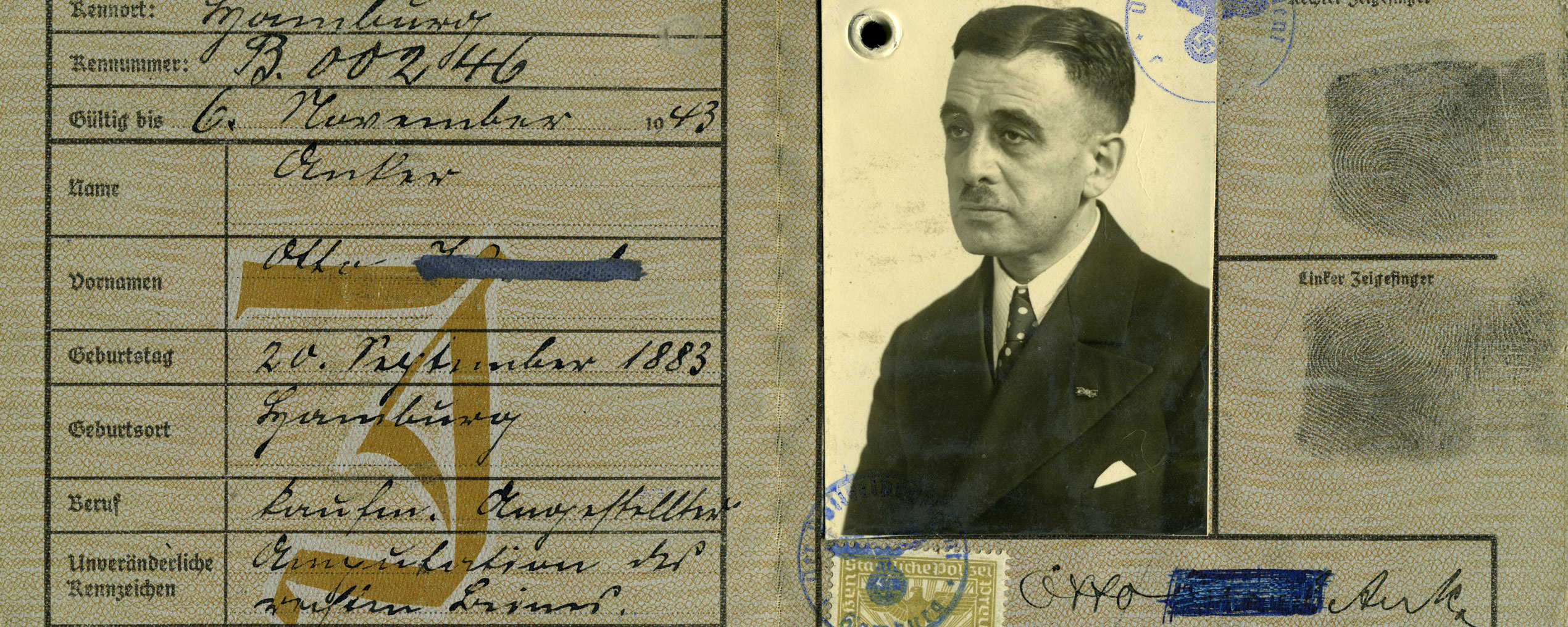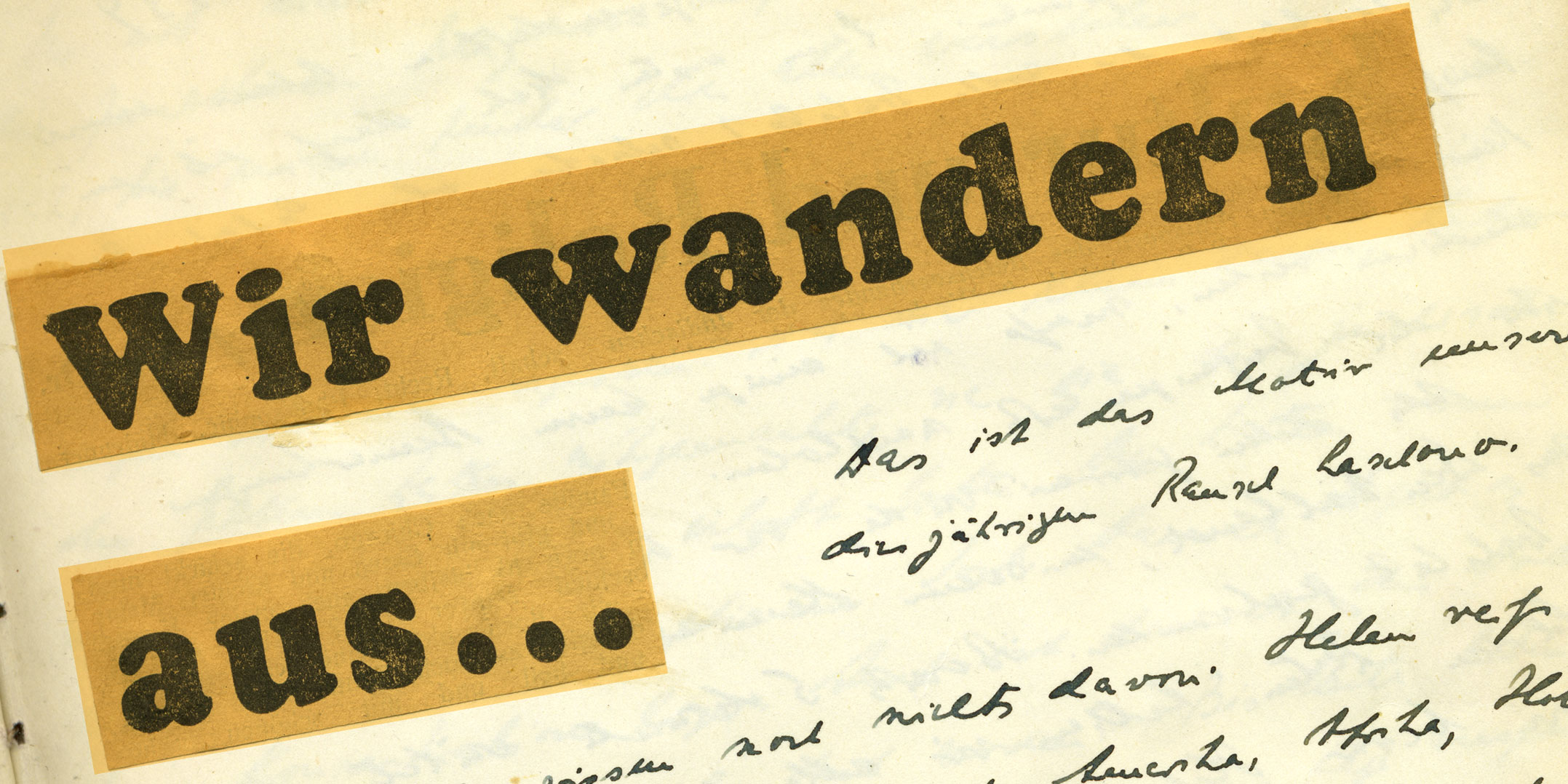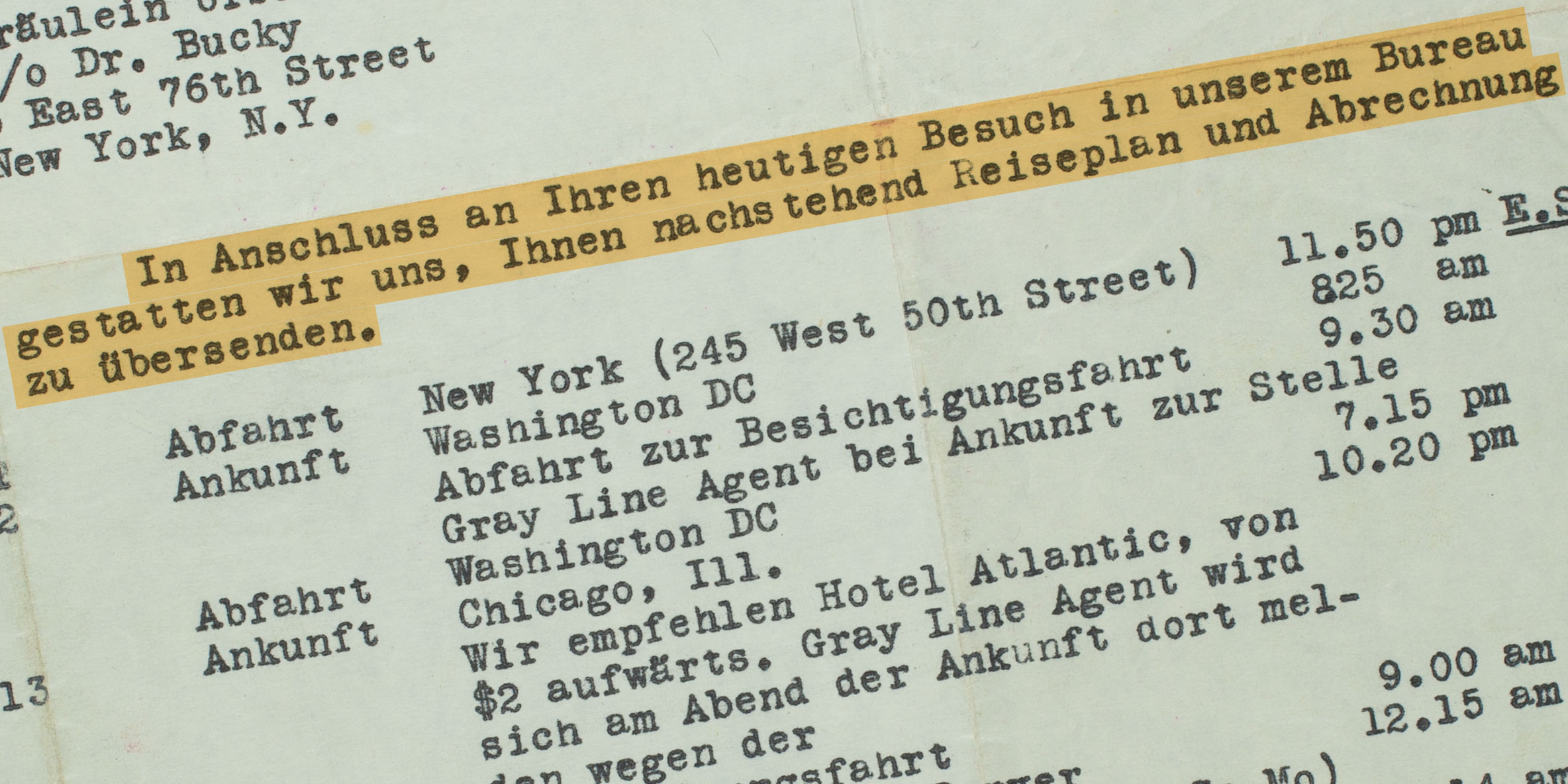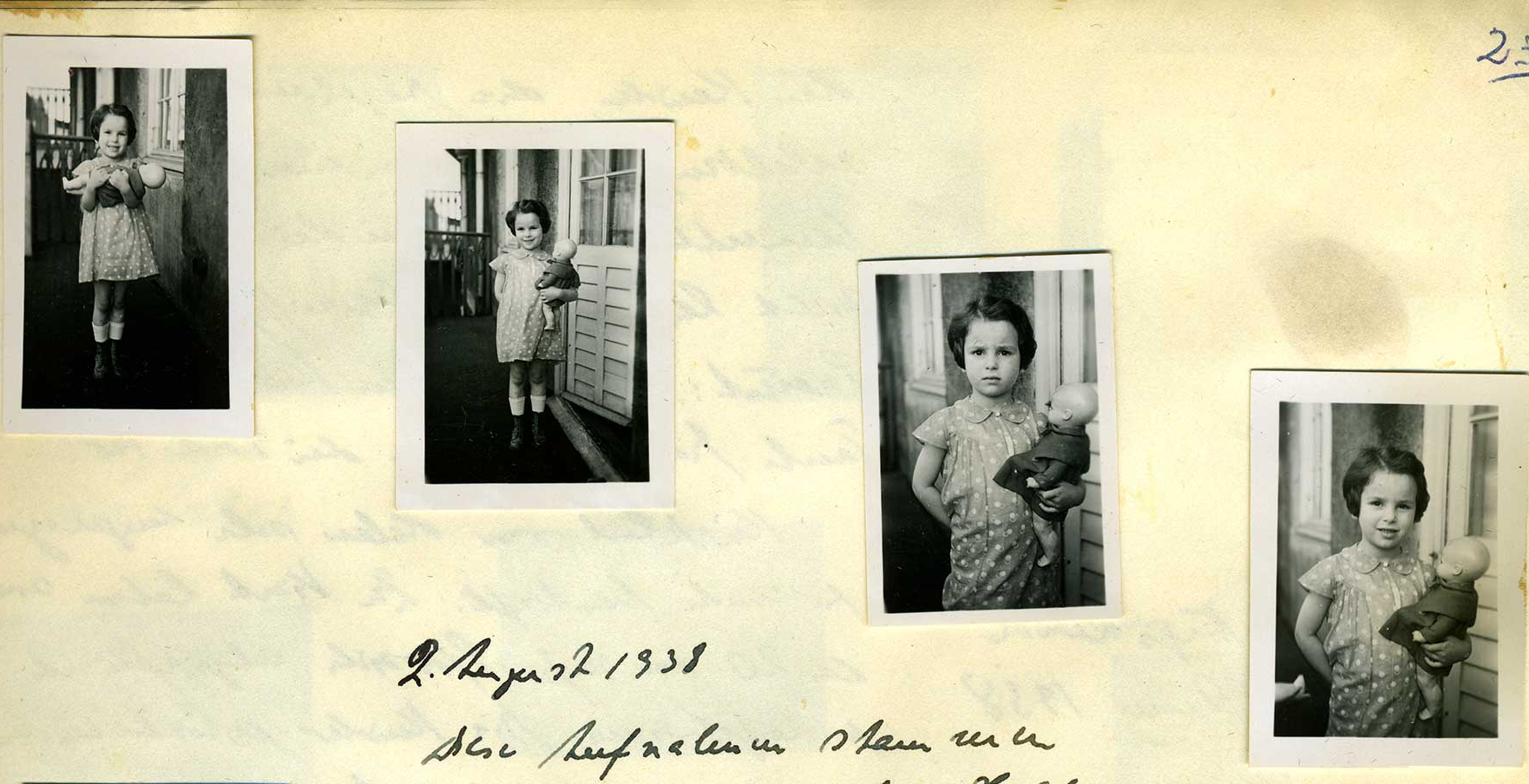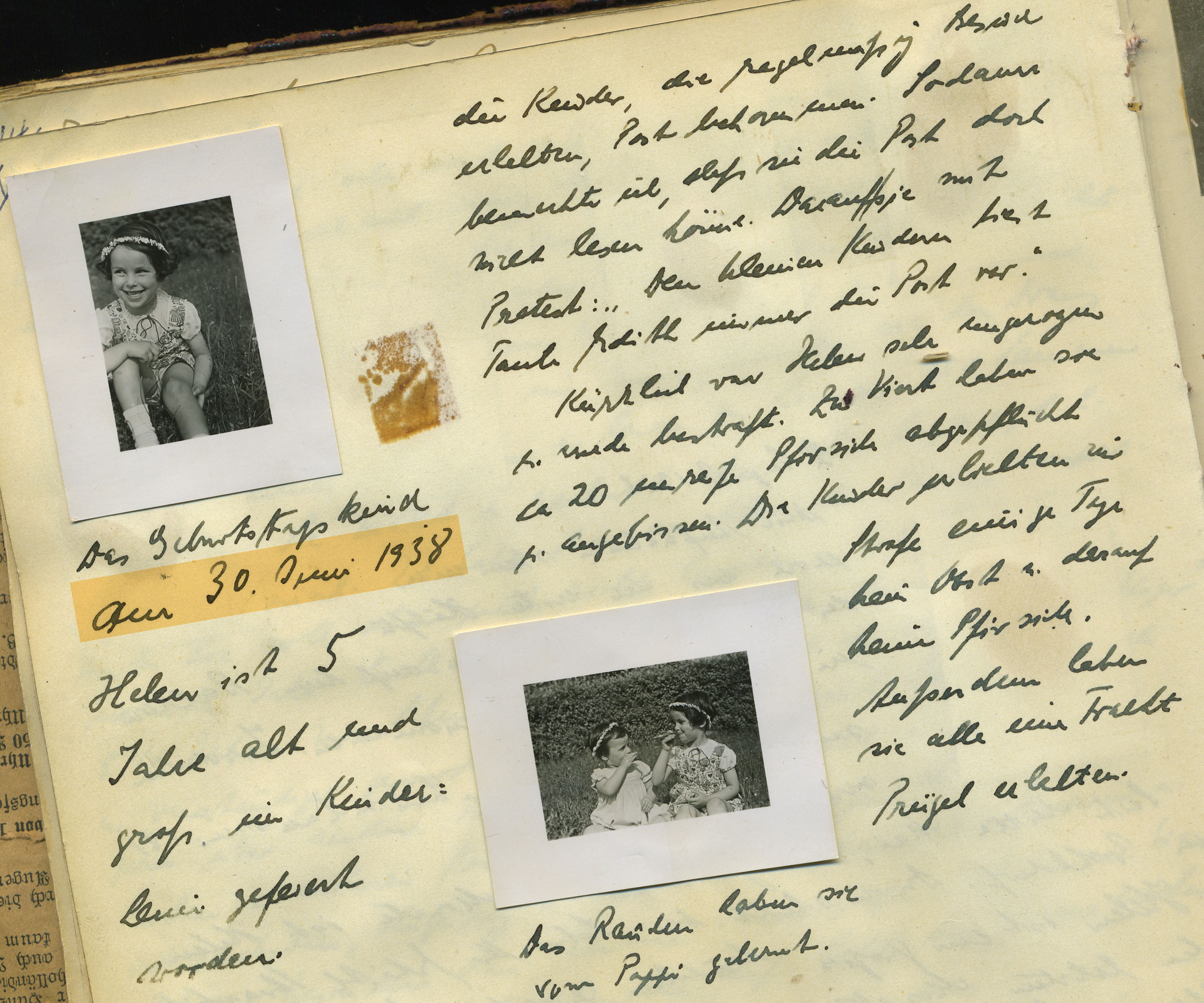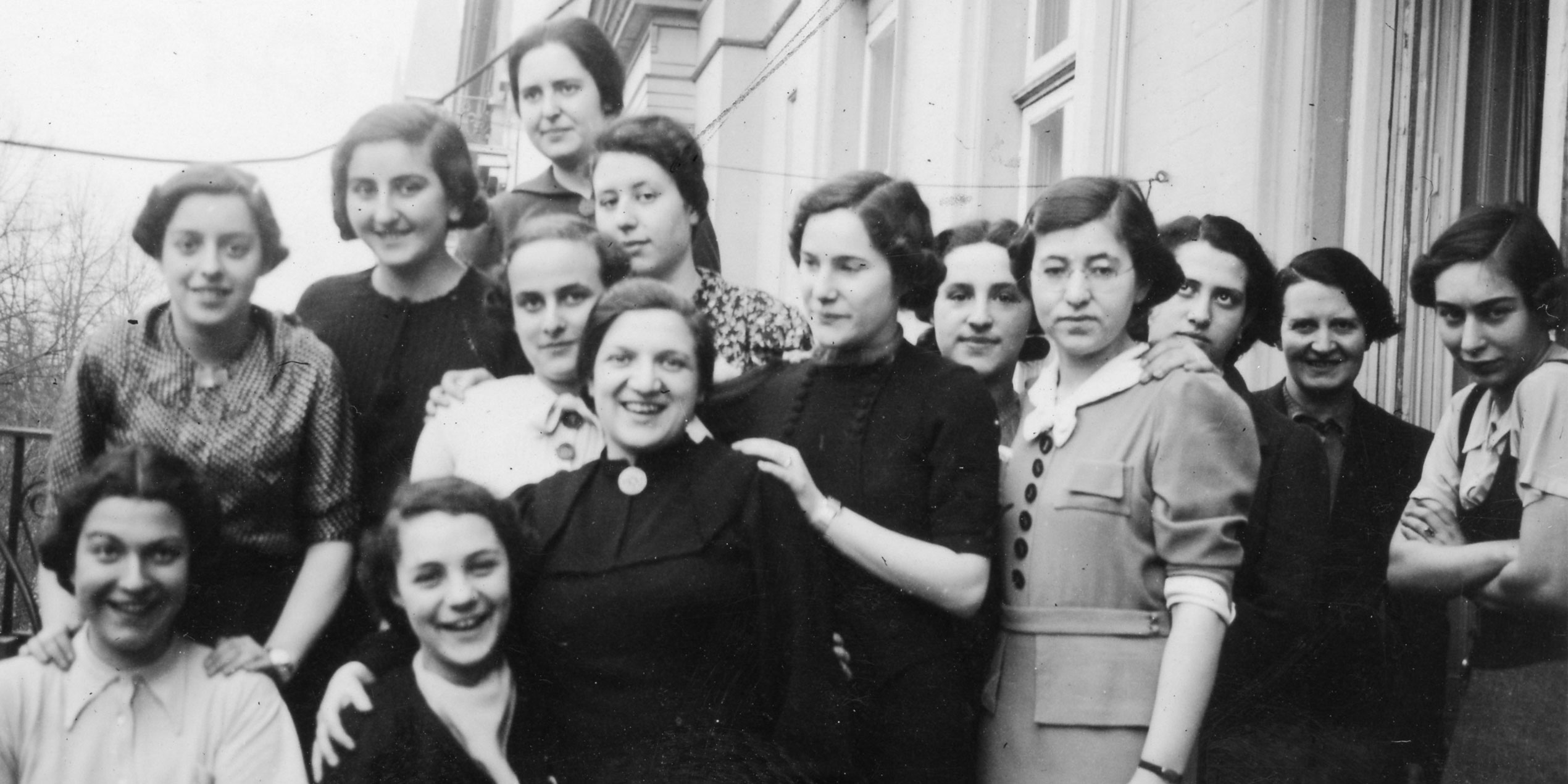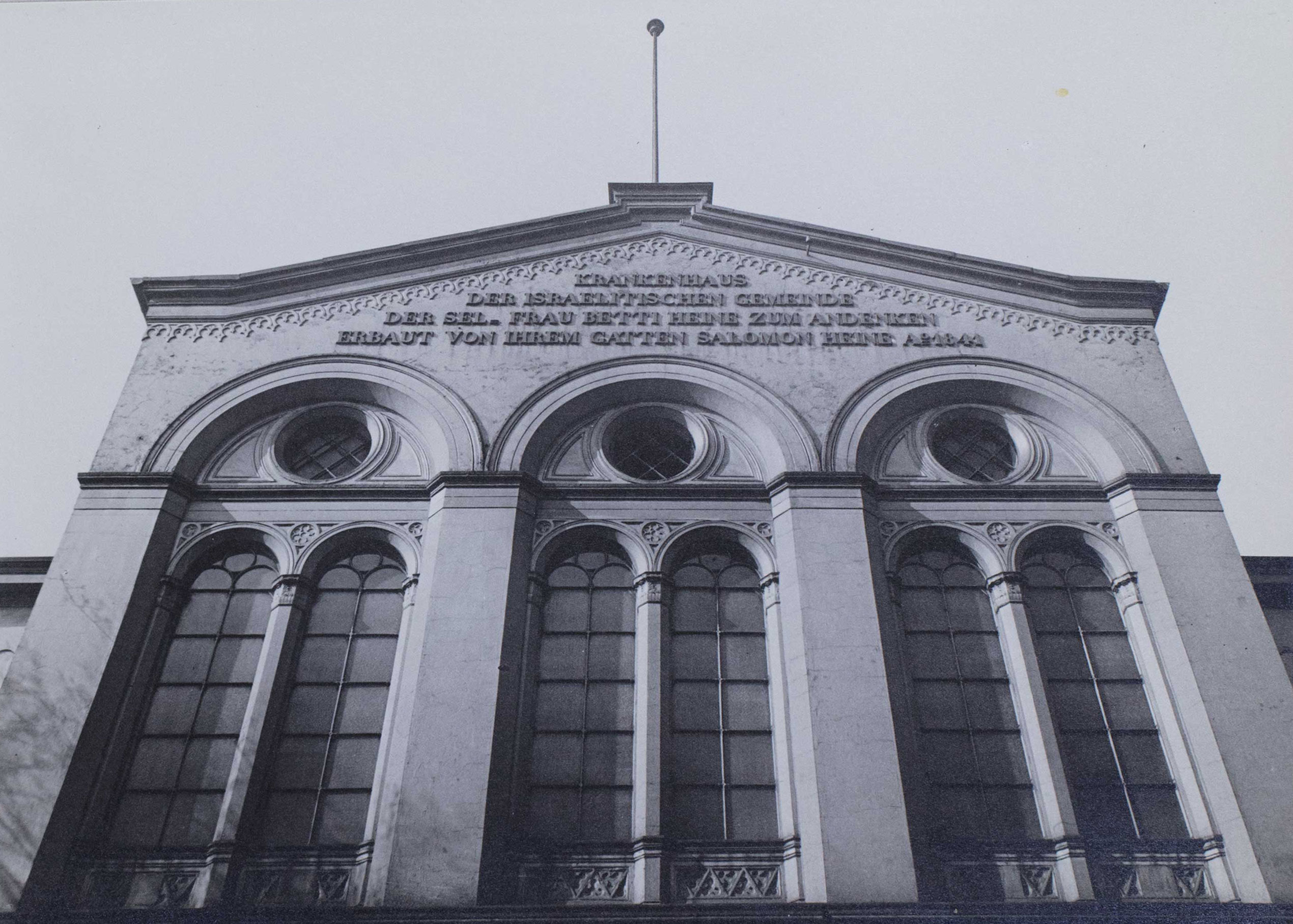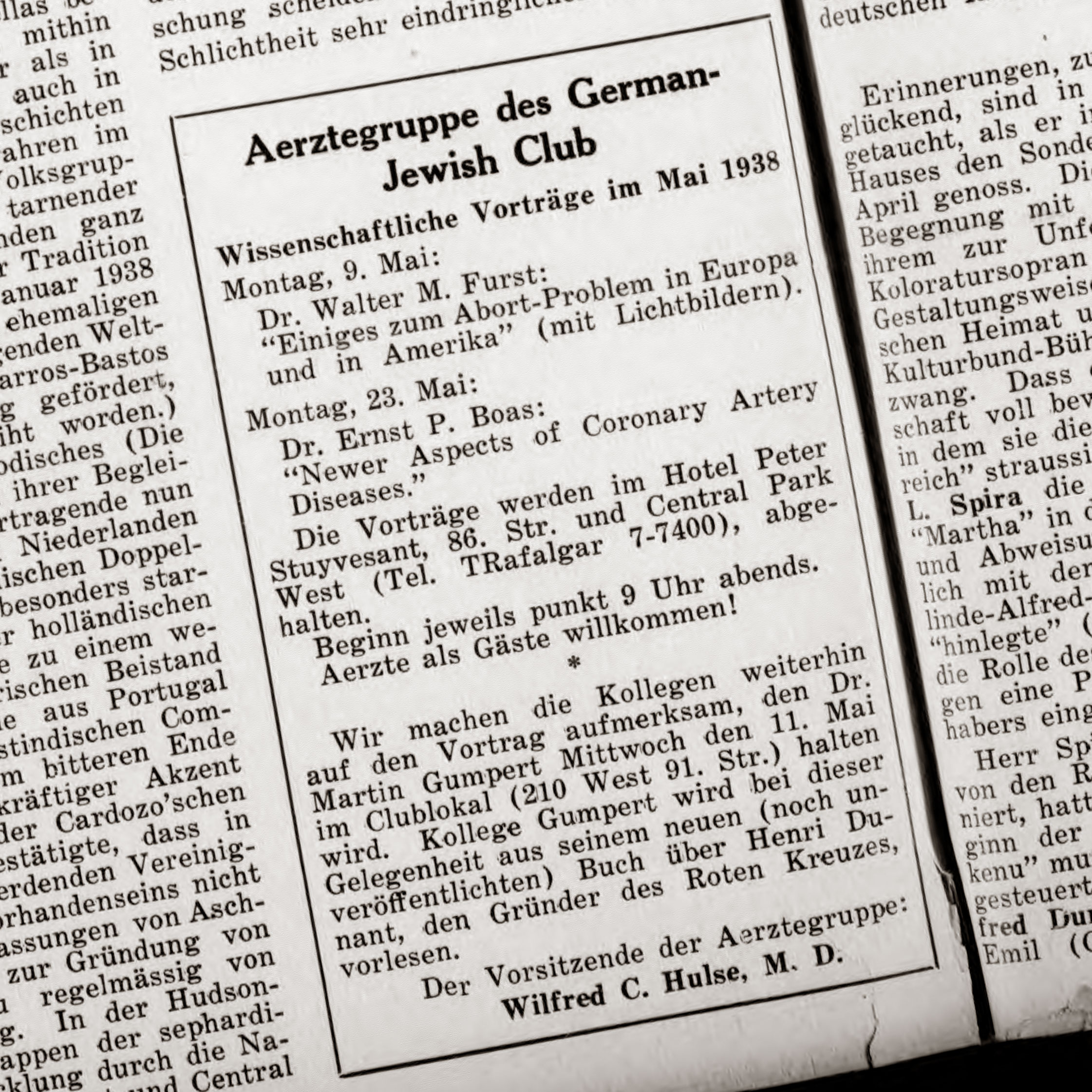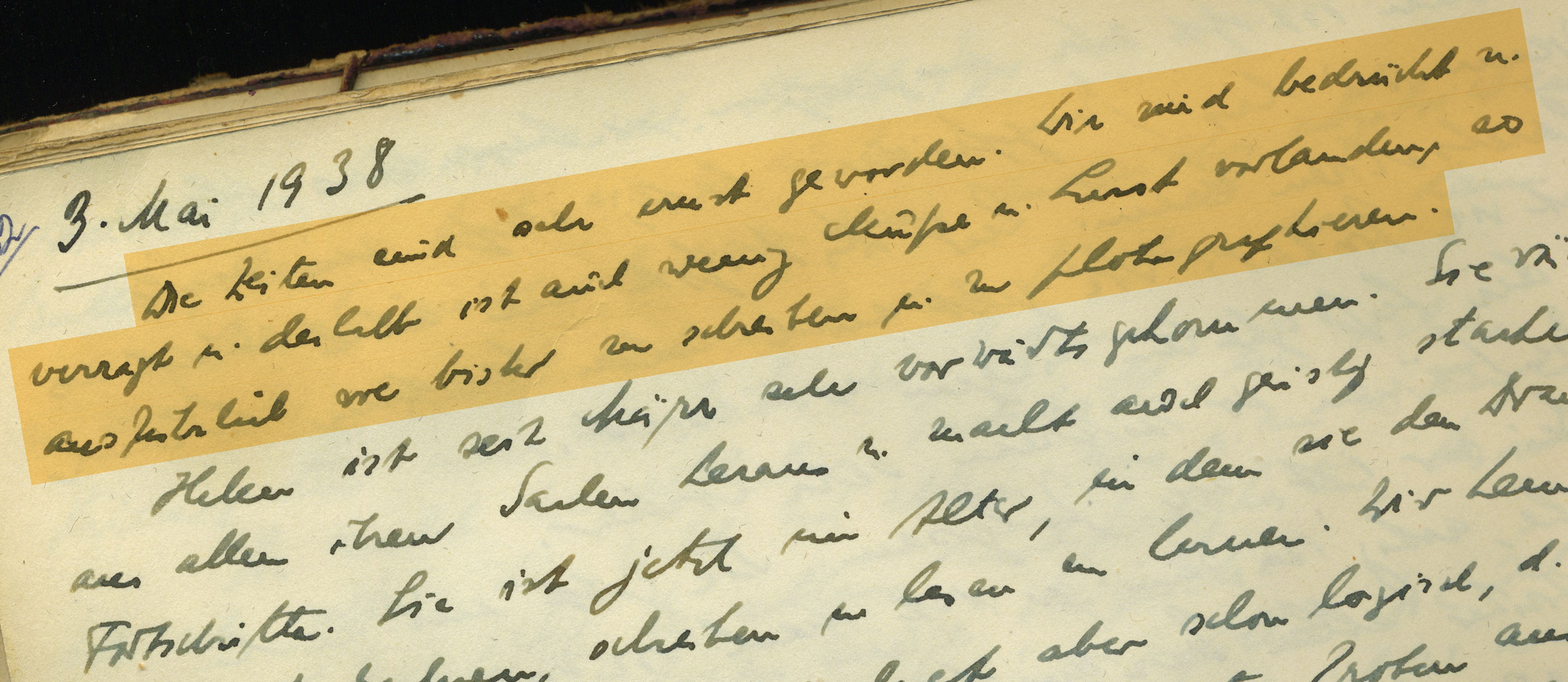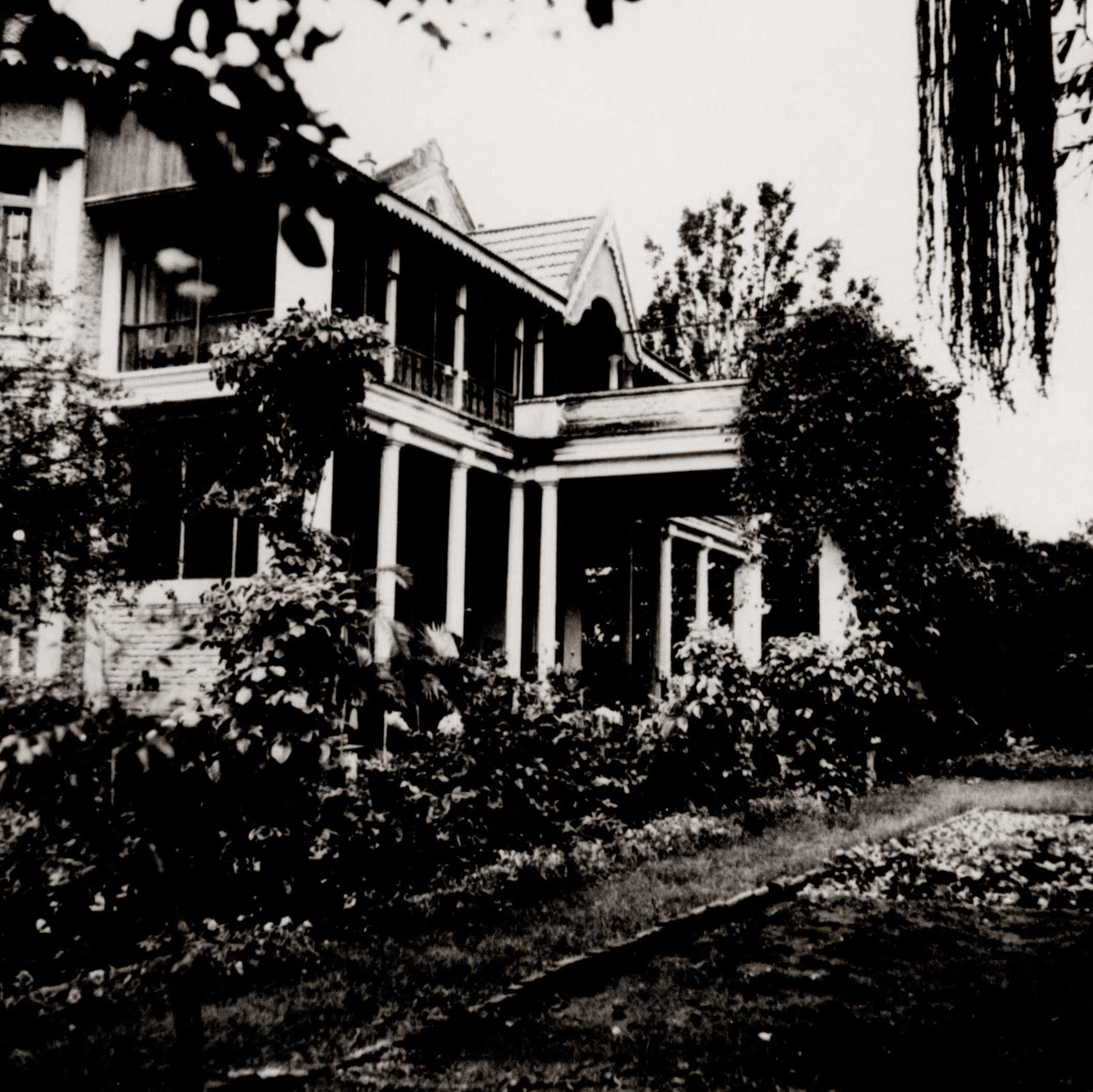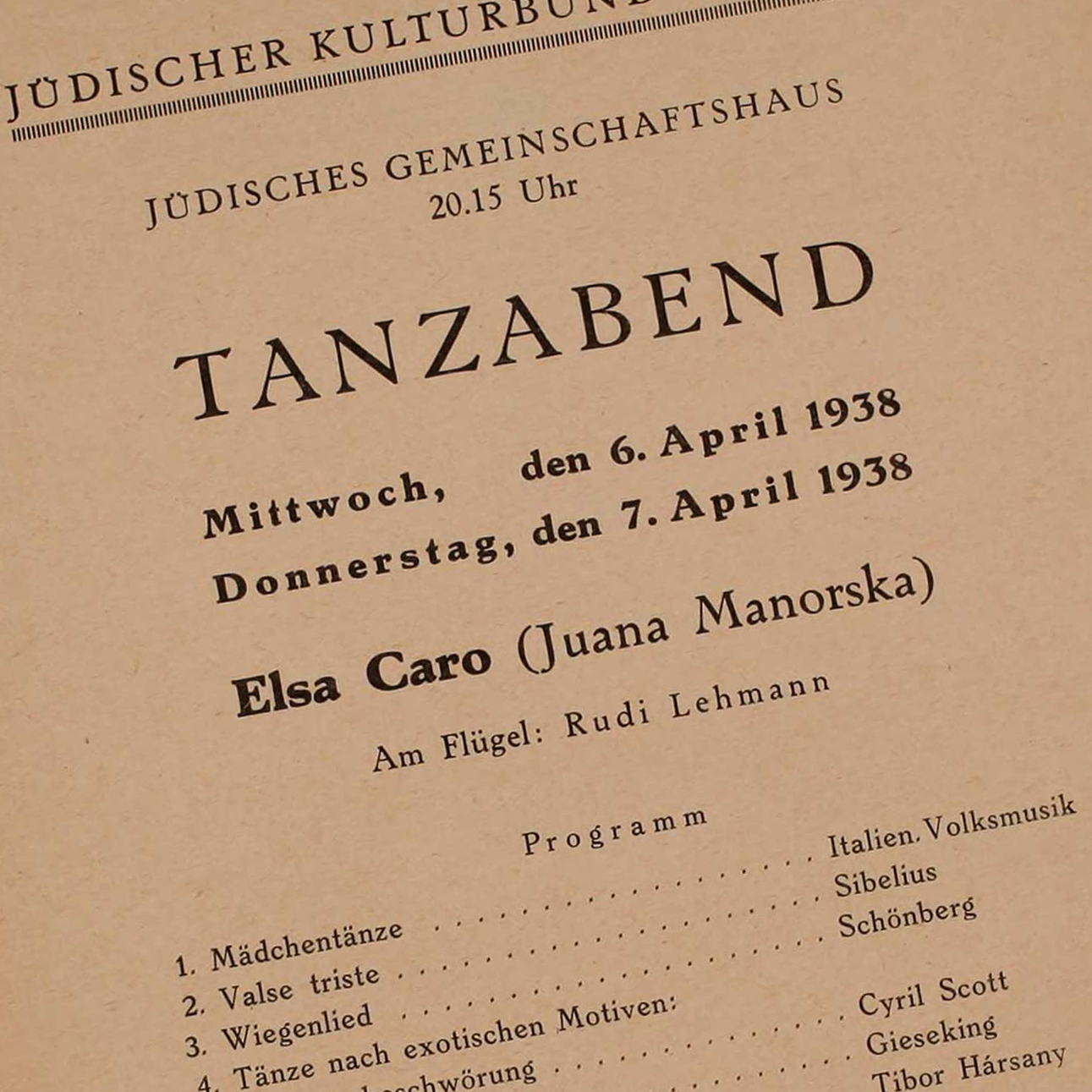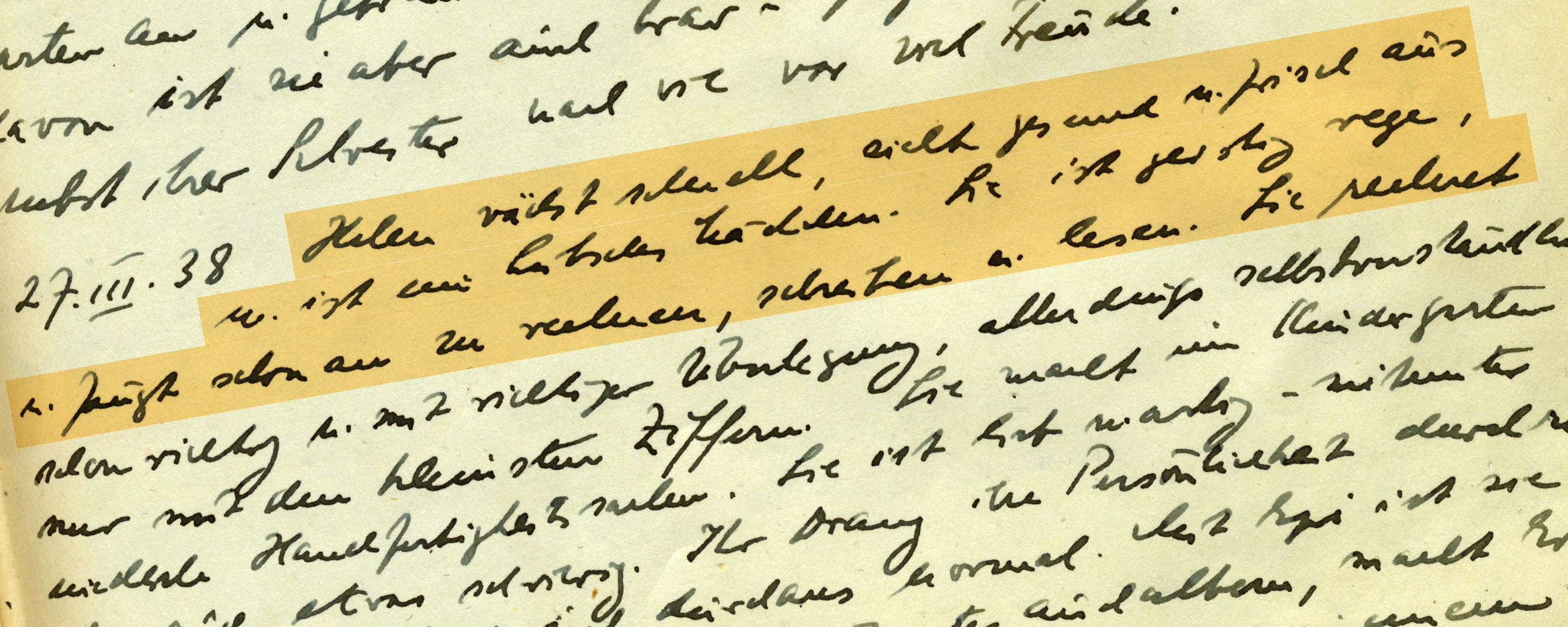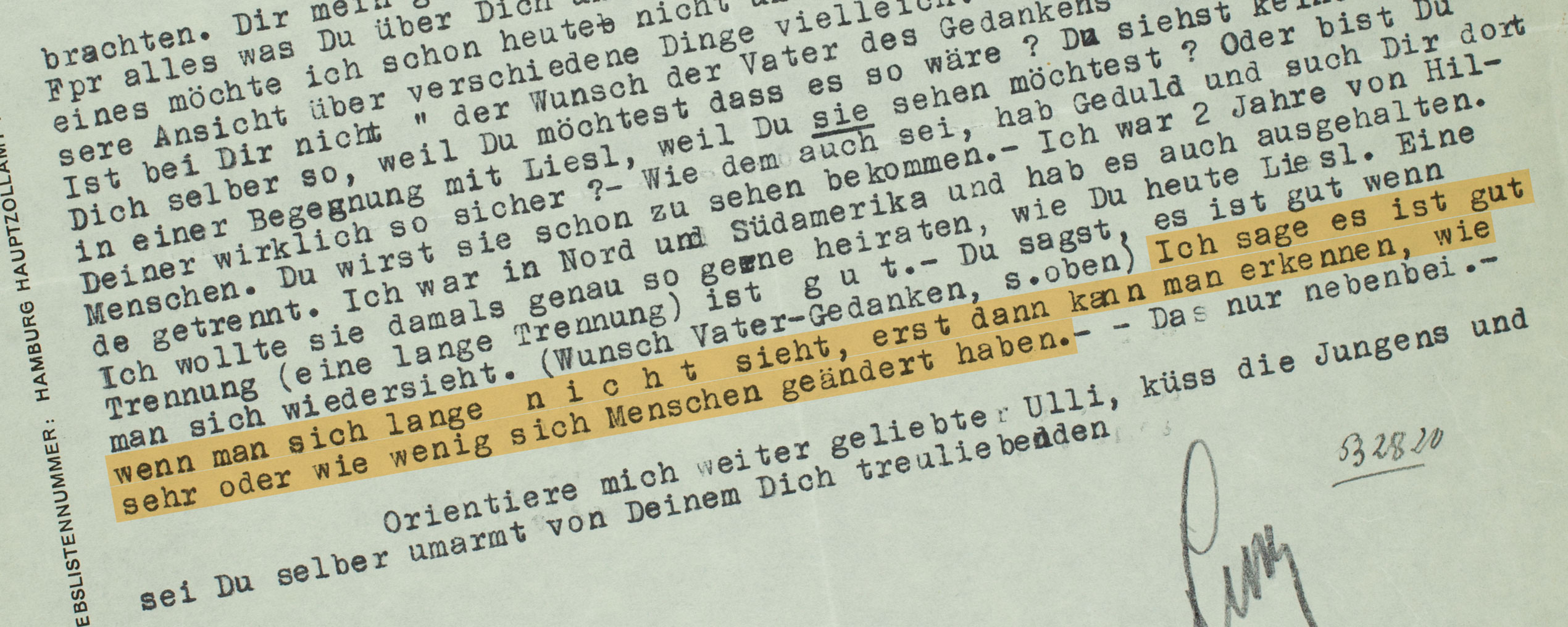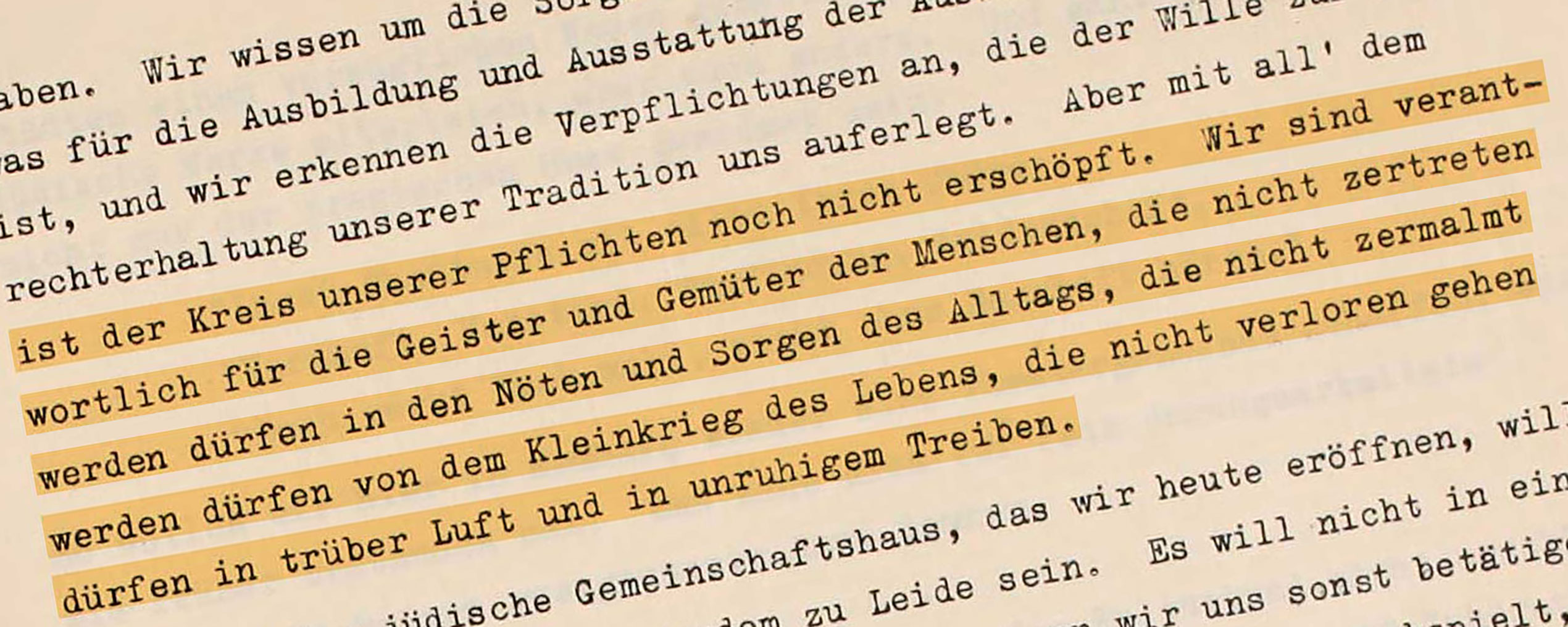The plain truth
Ban to practice for lawyers
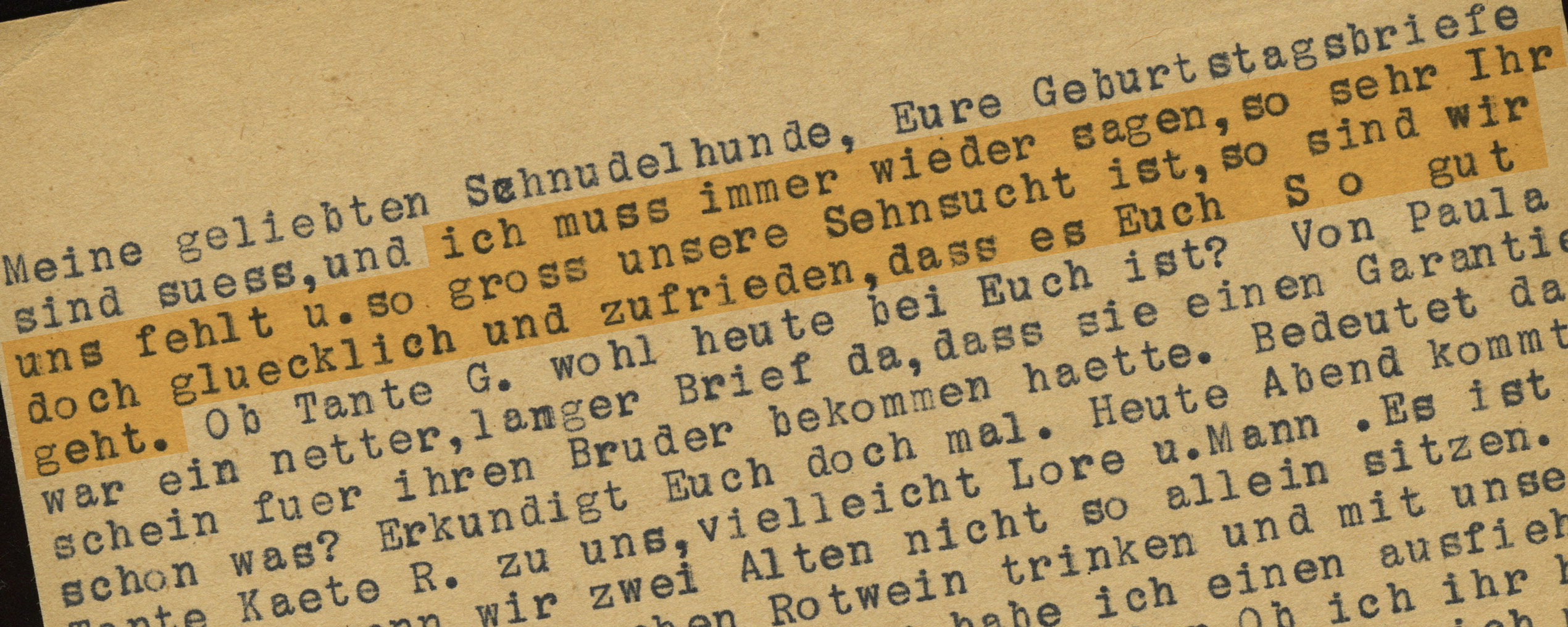
“[...] I must say it again and again, much as we miss you and long for you, we are happy and content that you are doing so well.”
Hamburg/Broadstairs, Kent
Julie Jonas in Hamburg and her daughters, Elisabeth and Margarethe, had sworn to report to each other truthfully on their emotional well-being. Almost daily, there was an exchange of postcards. For a few weeks, the two girls had been in England. Their father, the lawyer Julius Jonas, had outlasted several Nazi laws aimed at pushing Jews and opponents of the regime out of the legal professions. But with the issue of the “Fifth Decree Supplementing the Reich Citizenship Law” on November 30th, 1938, he was disbarred. December 15th was his birthday. Already on the day before, Julie Jonas had written to the children that their nerves had worn “rather thin” and that they weren’t at all in the mood for a birthday. Nevertheless she bravely tried to show her joy about the girls’ well-being.
SOURCE
Institution:
Leo Baeck Institute – New York | Berlin 
Collection:
Elizabeth Melamid Collection, AR 25691 
Original:
Box 1, folder 1



